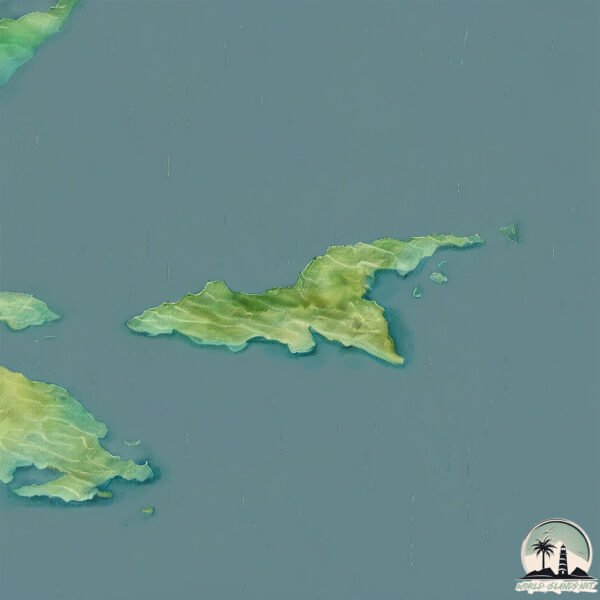Welcome to Scatarie Island , a Continental island in the Gulf of St. Lawrence, part of the majestic Atlantic Ocean. This guide offers a comprehensive overview of what makes Scatarie Island unique – from its geography and climate to its population, infrastructure, and beyond. Dive into the details:
Geography and size of Scatarie Island
Size: 15.8 km²Coastline: 34.5 kmOcean: Atlantic OceanSea: Gulf of St. LawrenceContinent: North America
Scatarie Island is a Medium Island spanning 16 km² with a coastline of 35 km.
Archipel: –
Tectonic Plate: North America – Covers North America and parts of the Atlantic and Arctic Oceans, characterized by diverse geological features and varying levels of seismic activity.
The geographic heart of the island is pinpointed at these coordinates:
Climate and weather of Scatarie Island
Climate Zone: ContinentalClimate Details: Warm-Summer Humid Continental ClimateTemperature: Warm Summer
Climate Characteristics: Features warm summers and cold winters with consistent precipitation, common in higher latitudes.
Topography and nature of Scatarie Island
Timezone: UTC-04:00Timezone places: America/La_PazMax. Elevation: 31 m Mean Elevation: 13 mVegetation: Mixed ForestTree Coverage: 98%
The mean elevation is 13 m. The highest elevation on the island reaches approximately 31 meters above sea level. The island is characterized by Plains: Flat, low-lying lands characterized by a maximum elevation of up to 200 meters. On islands, plains are typically coastal lowlands or central flat areas.
Dominating Vegetation: Mixed Forest
Vegetation: 7 vegetation zones – Very Highly Diverse Island
Infrastructure and Travelling to Scatarie Island
Does the island have a public airport? no .
Does the island have a major port? no .
The mean population of Scatarie Island is 0 per km². Scatarie Island is Uninhabited. The island belongs to Canada .
Continuing your journey, Cape Breton is the next notable island, situated merely km away.
Scatarie Island Nova Scotia
Rock garden and paddle fun to see what another winter did to the old MV Miner. A great day on the blue sea! Kayaks our vessels ...
Scatarie Island Nova Scotia
Rock garden and paddle fun to see what another winter did to the old ...
Rock garden and paddle fun to see what another winter did to the old MV Miner. A great day on the blue sea! Kayaks our vessels ...
OCEARCH Returns to Scatarie Island Nova Scotia
Last year we had pretty good success at Scatarie Island even though ...
Last year we had pretty good success at Scatarie Island even though conditions were not ideal. This year conditions appear to be ...
Field Trip to Scatarie Island, Aug 2022 - Bob Kennedy - Nova Scotia Wild Flora Society
A brief overview of the many interesting and rare plants (and other ...
A brief overview of the many interesting and rare plants (and other things) we found on the Nova Scotia Wild Flora Society's field ...
Canada is classified as Developed region: G7: Group of Seven – Major advanced economies, including Canada, France, Germany, Italy, Japan, the United Kingdom, and the United States. The level of income is High income: OECD.
News – Latest Updates and Headlines from Scatarie Island
Stay informed with the most recent news and important headlines from Scatarie Island. Here’s a roundup of the latest developments.
Loading...
Please note: The data used here has been primarily extracted from satellite readings. Deviations from exact values may occur, particularly regarding the height of elevations and population density. Land area and coastline measurements refer to average values at mean high tide.

